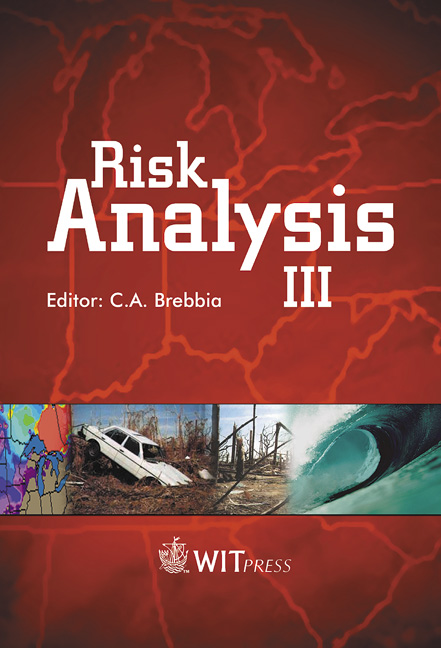Natural Disaster Reduction In Europe: A Don Quixotic Project In The Face Of A Changing World?
Price
Free (open access)
Transaction
Volume
31
Pages
Published
2002
Size
662 kb
Paper DOI
10.2495/RISK020231
Copyright
WIT Press
Author(s)
J. Weichselgartner & J. Bertens
Abstract
The interrelations between the physical environment systems, human systems, and man-made environment are unstable and constantly changing. However, traditional hazard mitigation policy considers natural hazards as isolated, static processes and not as a product of these three components. Therefore, mitigation is a linear trend and response an event-focused reaction, both rarely viewed as an integral part of a much larger context. Consequently, disaster reduction measures are often like Don Quixote fighting against wind mills. In order to shape disaster mitigation actions just as dynamic as the ever-changing processes which are responsible for natural disasters, changes in the social relation to natural hazards are needed. This paper outlines the shifts necessary for a holistic sustainable hazard mitigation from a scientific perspective. It is argued that the concept of vulnerability is an adequate technique for disaster reduction strategies which permits socialising spatial-temporal characteristics and pixelising actual-objective parameters. A first approach is presented which is applied in northern Spain to assess susceptibility of given spatial unit to flood and landslide hazard. It is presumed that the constant assessment of vulnerability is more capable to seize the variable factors which are responsible for disaster losses than traditional strategies. Furthermore, the results provide a useful tool for decision-makers in disaster mitigation policy.
Keywords





